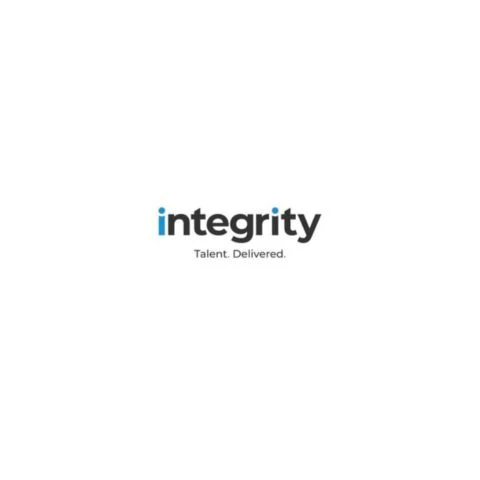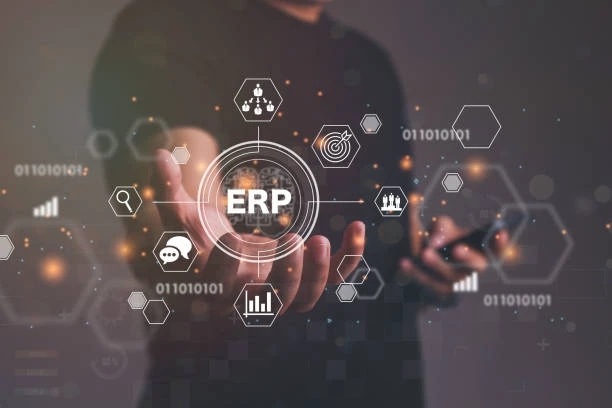Did you know that over 50% of ERP implementation failures are linked to choosing the wrong methodology? Whether you're a mid-sized company or a growing enterprise, how you approach your ERP setup can make or break the entire process. Two main methods dominate the scene: Agile and Waterfall. But which one fits your business needs?
Let’s break them down in simple terms and figure out what works best for you.
What’s the Big Deal About ERP Methodology?
An ERP implementation methodology is the structured plan a company uses to roll out its ERP system. It’s not just about software—it’s about how you manage time, people, and money during implementation.
Pick the wrong approach, and you risk delays, confusion, or worse—total ERP implementation failure. That’s why understanding the difference between Agile and Waterfall matters.
Waterfall Method: Step-by-Step, No Looking Back
Waterfall is the traditional method. It’s like following a straight line. Each phase—planning, design, development, testing, and deployment—must be completed before moving to the next.
Pros:
- Clear structure and timeline.
- Ideal for projects with fixed requirements.
- Easier to manage for teams with limited resources.
Cons:
- Hard to make changes once a phase is complete.
- Can lead to surprises at the end if early planning misses something.
- Long wait before the system goes live.
Waterfall might work well for businesses with stable processes that don’t change much. If your needs are crystal clear from day one, this model might suit you.
Agile Method: Flexible, Fast, and Collaborative
Agile takes a different route. Instead of one long line, it works in cycles, called sprints. Teams deliver parts of the system in short bursts, gather feedback, and improve along the way.
Pros:
- Great for businesses with evolving needs.
- Regular feedback keeps things on track.
- Quicker early wins—some functions go live fast.
Cons:
- Needs more frequent involvement from your team.
- Can be tough to manage without experienced help.
- The final cost and timeline might shift along the way.
Agile is best for businesses that expect changes, need faster results, or want to test features early.
Which One Fits Your Business?
Choosing between Agile and Waterfall isn’t about which is better overall; it’s about what fits your business goals, team structure, and tolerance for change.
Ask yourself:
- Do we know exactly what we need from the ERP system?
- Can our internal team commit time for regular feedback?
- How important is early delivery of key features?
If you want flexibility and quicker results, Agile may be the answer. If you need structure and predictability, Waterfall could be a better match.
The Role of Experts in ERP Success
No matter which method you choose, working with experienced professionals matters. ERP implementation services can guide your team through either model, helping you avoid mistakes and stay on budget.
They can help with:
- Choosing the right ERP system.
- Planning timelines and deliverables.
- Providing fractional or project-based consulting and staff support.
- Offering direct hire solutions for long-term ERP roles.
Many ERP implementation problems happen because businesses try to manage everything alone or don’t adapt when challenges appear. With the right support, both Agile and Waterfall can lead to success.
Real-World Example
Let’s say a retail chain with multiple stores is moving to a new ERP. Their operations are stable, and they don’t expect many changes. They also want full control over cost and delivery. Waterfall makes sense here—they can define everything upfront and follow a clear schedule.
Now, imagine a tech startup that’s still figuring out some processes. They want to test features, get feedback fast, and keep improving. Agile is the way to go—they get to learn and build as they go.
Key Points
- Agile works best when flexibility and fast feedback are key.
- Waterfall suits businesses with fixed goals and stable processes.
- Choosing the wrong ERP implementation methodology can lead to ERP implementation failure.
- Professional ERP implementation services improve your chance of success, no matter which path you pick.
The Bottom Line
ERP systems can transform how a business works. But the success of that transformation depends heavily on the approach you take. Agile and Waterfall both offer value—but only if chosen wisely. The more honest you are about your needs, the better your decision will be.
Choose a method that matches your company’s culture, your people’s availability, and your comfort level with change. And if you need support, don’t hesitate to bring in experts who know the ERP landscape inside and out.
When done right, ERP can make operations smoother, decisions smarter, and growth easier.



